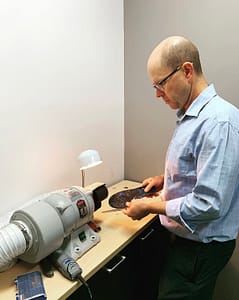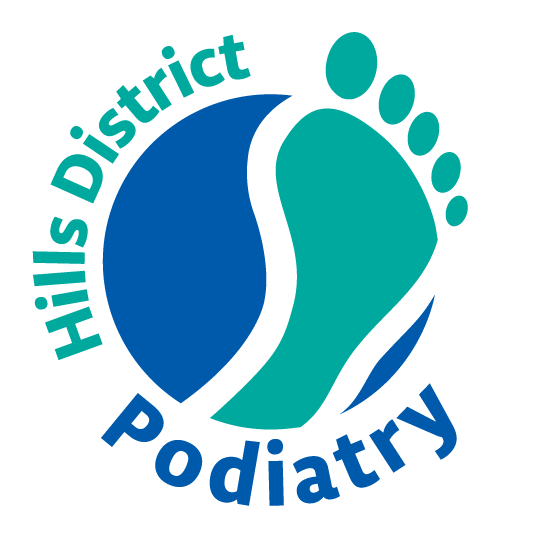Do you experience foot or leg pain when you are walking or running? Perhaps you need orthotics.
What are orthotics?
Orthotics (more formally known as foot orthoses) can be defined as any artificial, external device applied to the foot to prevent or assist movement. Some orthotics are made to offload high pressure areas of the foot to reduce the likelihood of developing wounds or ulcers.
Usually orthotics are placed inside shoes, but some sandals are also suitable for wearing with orthotics. For an orthotic to be effective it needs to be customised to the individual to some degree. Even orthotics purchased in stores (usually known as pre-fabricated orthotics) must be customised at least to the appropriate size and material required by the individual. Often however, these are a hit or miss option as everyoné’s feet are as individual as our faces.
How do you know you may need orthotics?
Orthotics work by changing the way loads are applied to our feet and associated structures such as tendons and muscles. High loads that exceed the tolerance of the affected body tissues usually result in pain and dysfunction. So, if you are experiencing foot pain, there is a chance orthotics could be used to reduce the pain. Of course, pain can be caused by factors other than high tissue loads. An experienced podiatrist will be able to establish the cause of the pain and advise the best way of resolving it. Common issues that orthotics can be used to treat include heel pain (plantar fasciitis), painful flat feet, fallen arches that result in tendon damage or biomechanical deficiencies that impair sporting performance.
Orthotics and kids. Is it important to treat early?
Experienced podiatrists have expert knowledge of paediatric lower limb development. In many cases seen in clinic, the podiatrist will be able to reassure parents that their child’s lower limb development is quite normal. Children often develop ‘pigeon toes’ to some degree as they grow up. Others will appear to have quite flat feet when they are young. There is a wide range of ‘normal’, so in many cases there is no need to intervene while a child’s lower limb is still developing.
There will however, be cases when an orthotic will definitely be a valuable treatment option. In fact, it has been suggested that some children who dislike running or sport in general, may form that view subconsciously when their experience of physical activity is always one involving excessive effort, fatigue or pain. This may simply be due to the architecture of their feet, which can be improved with the right orthotic. In such cases there is a strong argument that providing orthotics early, could prevent this negative mindset from creeping in, and encourage the child to participate in a lifetime of healthy physical activity.
After a thorough examination, your podiatrist will be able to explain the current stage of your child’s lower limb development. By comparing this to known norms the podiatrist will be able to advise you if orthotics (or any other intervention) is warranted.
Generic vs customised orthotics. What is better?
Our podiatrists seek to identify the site and exact structure causing your foot or lower leg pain. A thorough history and biomechanical examination will then usually reveal the underlying cause. Causes vary from person to person of course and might be due to tight calf muscles, inappropriate training loads, flat feet, or a poor footwear choice. If is determined that an orthotic is an appropriate intervention then the practitioner needs to incorporate certain design features to achieve the desired outcome. This can be a complex task and requires expert knowledge of foot and lower limb anatomy and biomechanics.
We are here to help
The podiatrists at Hills District Podiatry have the skills to diagnose and treat your foot and leg pain. We are able to prescribe customised orthotics with the design features you need to get you back to your best.

